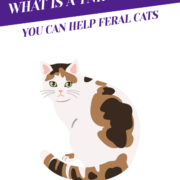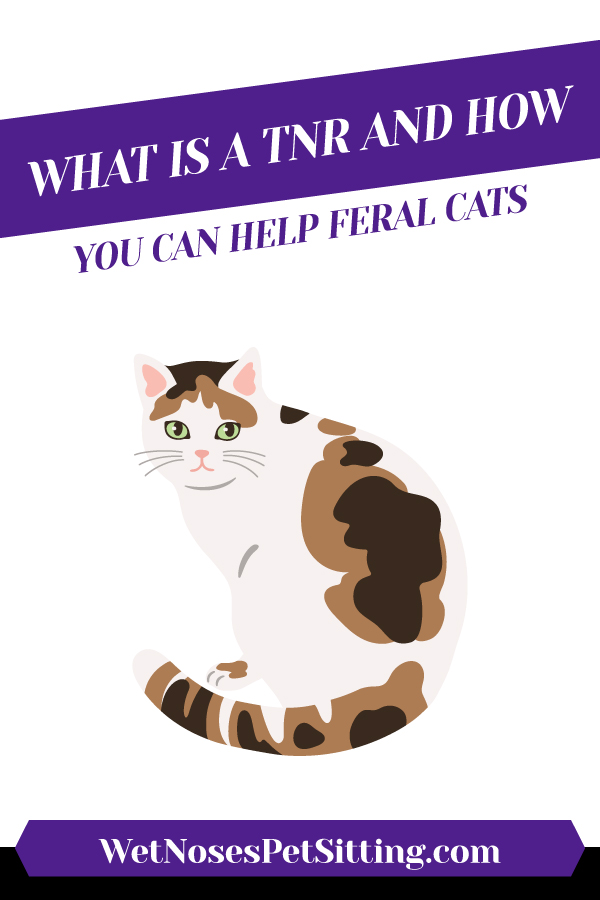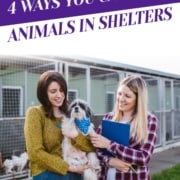What is a TNR and How You Can Help Feral Cats
What is a TNR and How You Can Help Feral Cats
In today’s world of communication it seems that the abbreviation of words has become more commonplace. Having said that, let’s decipher exactly what TNR stands for shall we?
What does TNR stand for?
TNR is an acronym for Trap-Neuter-Release (Return). You may also see TNVR which stands for Trap-Neuter-Vaccinate-Release (Return). This moniker is given to the process of the humane method of handling feral cat (community cat) populations. Did you know that the average cat can begin having litters at six months of age. Their litter size can average three kittens per litter, and they can have at least two litters a year. As you can see a feral cat colony can grow large very quickly!
What TNR’s do is prevent new kittens from being born, stabilizes cat populations, and improve cats’ lives. TNVR’s also administer vaccinations. You will also notice a decrease in yowling associated with mating and less fights between cats.
By reducing rampant feral breeding through trap and release programs, less cats and kittens end up in already overburdened shelters.
Is TNR good practice?
Alley Cat Allies states that, “TNR is supported by all credible animal protection organizations including the American Society for the Prevention of Cruelty to Animals (ASPCA), the Humane Society of the United States (HSUS), the American Animal Hospital Association (AAHA), the National Animal Care and Control Association (NACA), as well as hundreds of TNR groups nationwide, and the countless individuals who carry out grassroots TNR programs.”
So yes, TNR is good practice not only in the United States but all over the world.
What vaccinations do TNVR programs administer?
TNVR programs are less common due to the added cost of vaccination, but are just as important as TNR programs. TNVR programs administer rabies and distemper vaccinations. Even a single dose of a rabies vaccine can protect against rabies for multiple years.
Vaccinating as many cats in a colony as possible is the goal. If your TNR program is low on funds, spaying/neutering is still good practice.
What is that ear-tip I see?
A tipped ear is the universal sign that a cat has been part of a TNR program. If you see a feral cat with a tipped ear it has been spayed/neutered and does not need recaptured for the purpose of fixing. “Ear-tipping involves the removal of the tip of one ear while the cat is under anesthesia for spay/neuter surgery.” [source] Contrary to what some people may thing, ear-tipping is not just taking scissors to the ear to remove a part.
How can you help feral cats?
If you have identified a cat colony, one of the best things to do is contact your local TNR program (resources below). If there isn’t one in your area we have some great news. You can start your very own TNR program!
TNR requires a lot of planning. There are numerous groups that can help you connect with individuals interested in TNR. Facebook is a great place to start, so is the Feral Friends Network.
Remember, never pick up a feral cat or kitten. No matter how cute they may be. You are putting yourself and the cat at risk of injury by doing so. And always use humane box traps or drop traps to trap cats.
Here are some other steps you can do to help community cats in your neighborhood.
Educate neighbors
Educating your neighbors about a cat colony or about stray cats in the neighborhood can help. If people are aware of the colony somebody may be able to help out more. According to the Humane Society of the United States, “Outdoor cats can often be the cause of complaints; from a cat who stalks birds at a neighbor’s bird feeder to a group of community cats … on a neighbor’s property. If you are helping people keep cats off their property or resolve nuisance complaints, we suggest the following resources:
– Protecting Cats and Wildlife [PDF]
– Neighborhood Cats: Keeping Cats Out of Gardens & Yards”
Get involved
Getting involved in your local community can also help your local feral cat population. Some ways you can get involved at any age include:
– Volunteering at spay/neuter clinics for colony cats
– Volunteering to socialize feral kittens
– Become a cat colony caretaker
The largest way you can help though is by keeping your cats indoor and getting them fixed. If you find yourself unable to afford spaying/neutering there are many free/low-cost clinics that can provide assistance.
TNR resources in Northern Colorado
Northern Colorado has some excellent TNR resources that will guide you in your quest to bring relief to and enrich the lives of these colonies of cats. Since 2009 the Northern Colorado Friends of Ferals have, along with help from countless other volunteers from professional organizations, and regular folks like us, helped thousands of feral cats live healthier lives!
You can help by contacting these wonderful organizations. You will find that they provide the traps and show you how to care for the cats after surgery and treatments. Please take the time to check with them to see where your time and effort is most needed as that it is always appreciated.
Another great resource is the Animal Friends Alliance, which has a community cat program for Larimer and Weld counties.
These committed individuals and organizations work together to maintain feral cat colonies as well as reduce the number of unwanted pregnancies.
Some other organizations include:
You can find more on this page here. (Some links are broken/outdated)
Other resources
The Humane Society has put together some wonderful resources for those interested in TNR and helping their local feral population.
– Learn the basics of TNR with their Community Cats Webinar (Note: This webinar does cost $40 at the time of publishing this article, there are many other free resources out there)
– Learn more information on TNR
– Study information on how to start a TNR
– Watch the Humane Society’s video on TNVR
Alley Cat Alliance also has a detailed guide about how to help community cats. This guide includes numerous links to other resources related to feral cats.
Scruff Cats has a wonderful page that includes ways to help community cats and goes into more depth about TNVR.
Conclusion
Congratulations! You have taken the first step by identifying a feral cat community near you, and now you have the opportunity to make a difference for these cats and your neighborhood! Even helping one cat can make a huge difference in the feral cat population.








